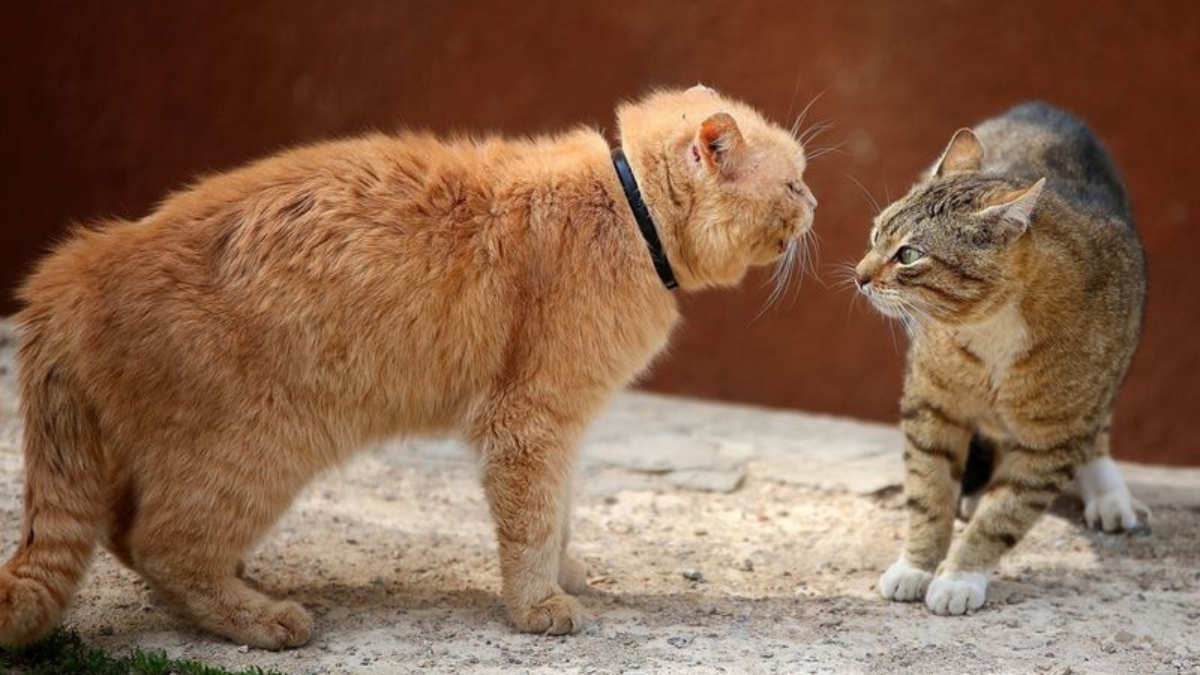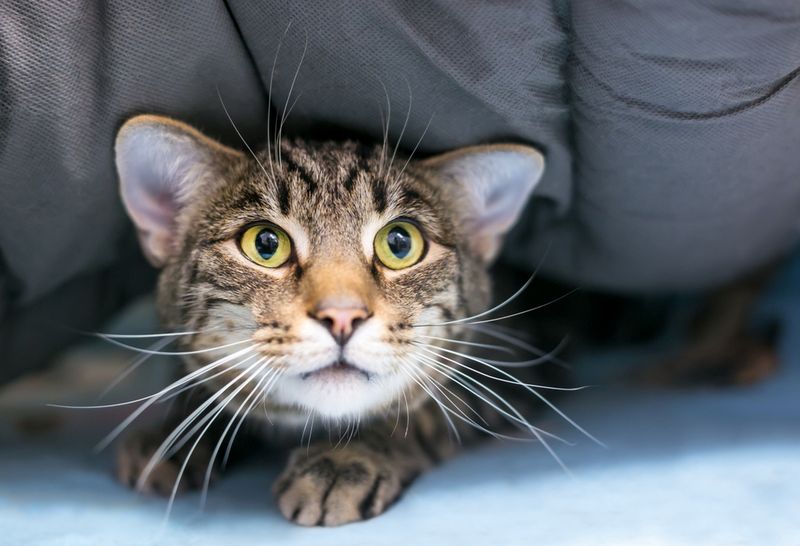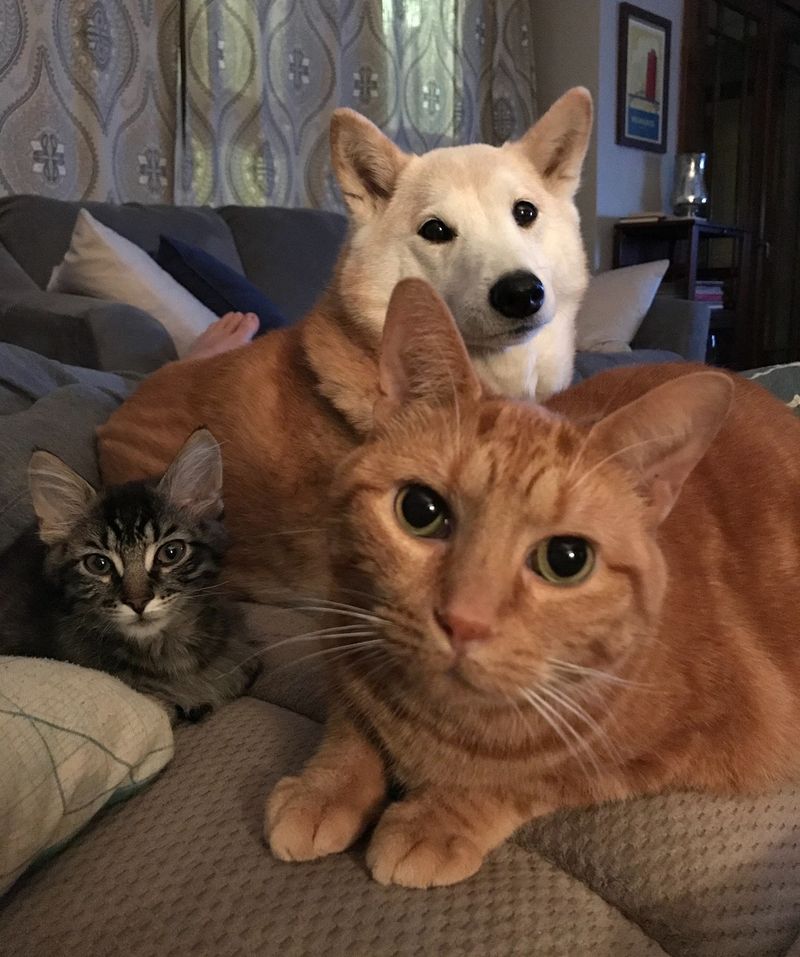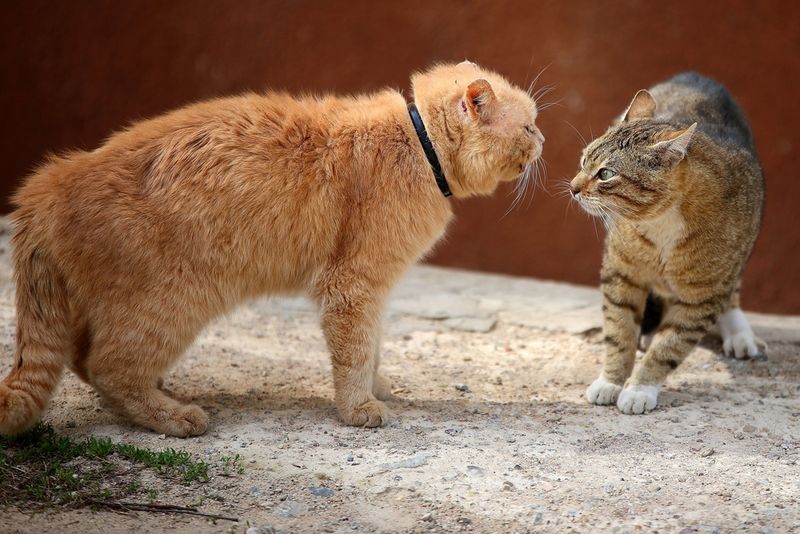📖 Table of Content:
Cats are known for their unique personalities, and while some are loving and calm, others may display more aggressive or dominant traits. Bullying behavior in cats can manifest in various ways, from excessive hissing to territorial aggression. Identifying these behaviors early is key to ensuring a peaceful environment for both your cat and other pets.
Understanding why a cat might act as a bully can help in finding effective solutions. In many cases, fear, anxiety, or a lack of socialization can contribute to such behavior. By addressing the root causes, it’s possible to modify the behavior and improve the overall dynamics in the household.
Taking the right steps to curb bullying behaviors in cats not only makes the home more comfortable but also strengthens the bond between cat and owner. With patience and consistency, a cat’s aggressive tendencies can be reduced. The following methods can help transform a bully cat into a more well-behaved and balanced companion.
1. Providing Personal Space
Cats cherish their own space like we do. If your cat doesn’t have a personal area to retreat, they may become a bully. Create a cozy nook, just for them. A plush bed, some toys, and a scratching post can make a world of difference.
When they feel secure in their territory, they’re less likely to harass others. Personal space can calm tensions and foster peace. It’s about providing a sanctuary where they can unwind and escape any perceived threats.
2. Playtime and Mental Stimulation
Boredom can lead to mischievous or aggressive behavior. If your cat is bullying, they might just need more playtime. Invest in engaging toys that challenge them mentally. Puzzle feeders or interactive toys can keep their minds sharp.
By introducing regular play sessions, you can redirect their energy positively. It’s not just about physical activity; it’s mental enrichment too. When their minds are occupied, there’s less room for negative behavior.
3. Consistent Training and Boundaries
Routine and clear boundaries are essential for a cat’s well-being. If your cat is misbehaving, regular training may be the solution. Reward them with treats or praise when they show positive behavior.
It’s vital to be patient. Repetition helps them understand expectations. By setting clear rules, you’re guiding them to become more sociable. Training isn’t just for dogs; cats can learn and adapt when given the chance.
4. Understanding Triggers and Stress
Stress can manifest as bullying. Identify what triggers your cat’s aggressive behavior. Is it loud noises, new pets, or sudden changes at home? Recognizing these can help in reducing stress-related bullying.
Create a calm environment. Soft lighting and gentle music might help. When your cat feels secure, their need to dominate lessens. It’s about understanding their world and minimizing stressors to foster peace.
5. Socialization with Other Pets
Not all cats are naturally social. If they’ve been isolated early in life, they may have difficulty getting along with other pets. Slowly introducing them to new companions and supervising playdates can help ease the transition.
Socialization isn’t instant; it requires time and patience. Positive interactions can transform a bully into a friendly pet. Encourage gentle play, and always supervise their encounters to ensure harmony.
6. Consulting a Veterinarian
Sometimes bullying is rooted in health issues. If your cat suddenly turns aggressive, a vet visit might be in order. Pain or discomfort can lead to behavioral changes.
A professional can rule out medical causes and offer advice. It’s essential to ensure your cat is healthy before addressing behavioral issues. A vet’s insight can be invaluable in understanding complex behaviors.
7. Utilizing Calming Products
Calming products might be the key to reducing aggressive tendencies. Consider pheromone diffusers or calming collars. These products often help in soothing anxious cats, making them less likely to bully.
They replicate natural comforting scents and can ease tensions. While not a standalone solution, they complement other strategies well. It’s about creating an environment where your cat feels at ease, reducing their need to assert dominance.
8. Understanding Cat Hierarchy
In the wild, cats establish a hierarchy to maintain order and peace. Your home is no different. If your cat bullies others, it might be asserting dominance. Observe their interactions closely. Is your cat always the first to eat or constantly chasing others away? Recognizing these signs is crucial.
By understanding their social structure, you can identify if your cat is merely trying to lead or if it’s overstepping. This awareness is the first step towards creating balance and ensuring all pets feel safe. Learn to read these signals and adjust your approach accordingly.








